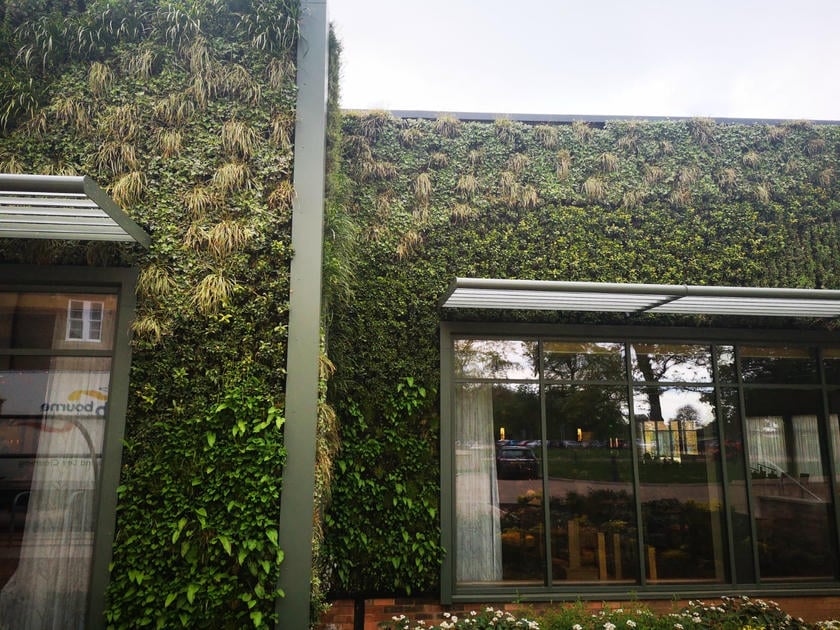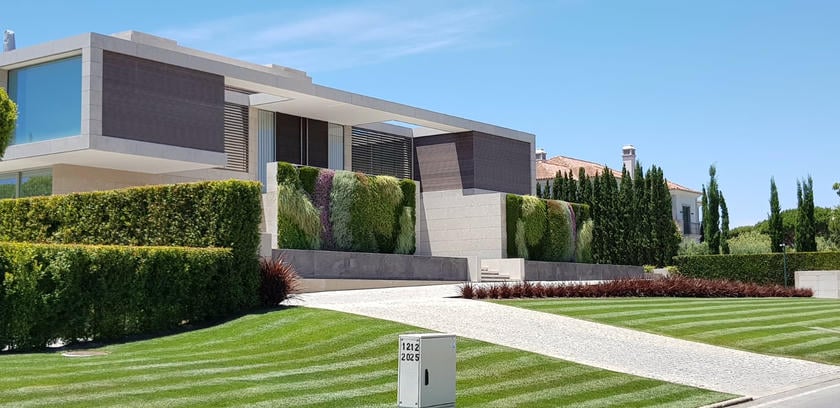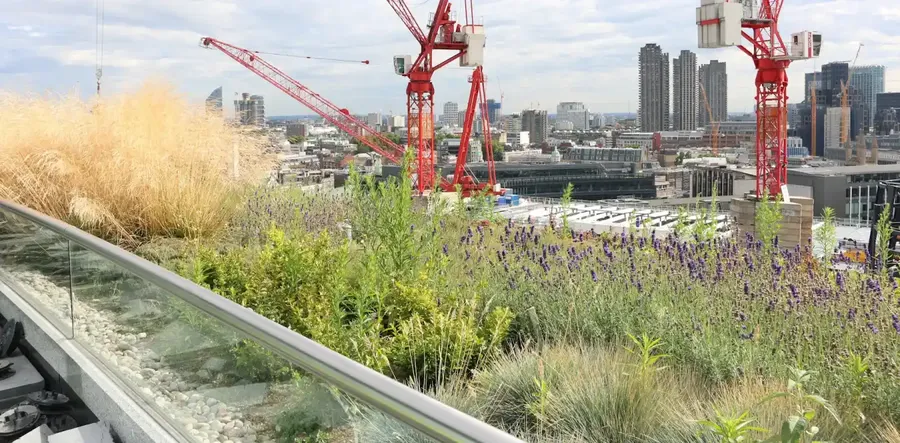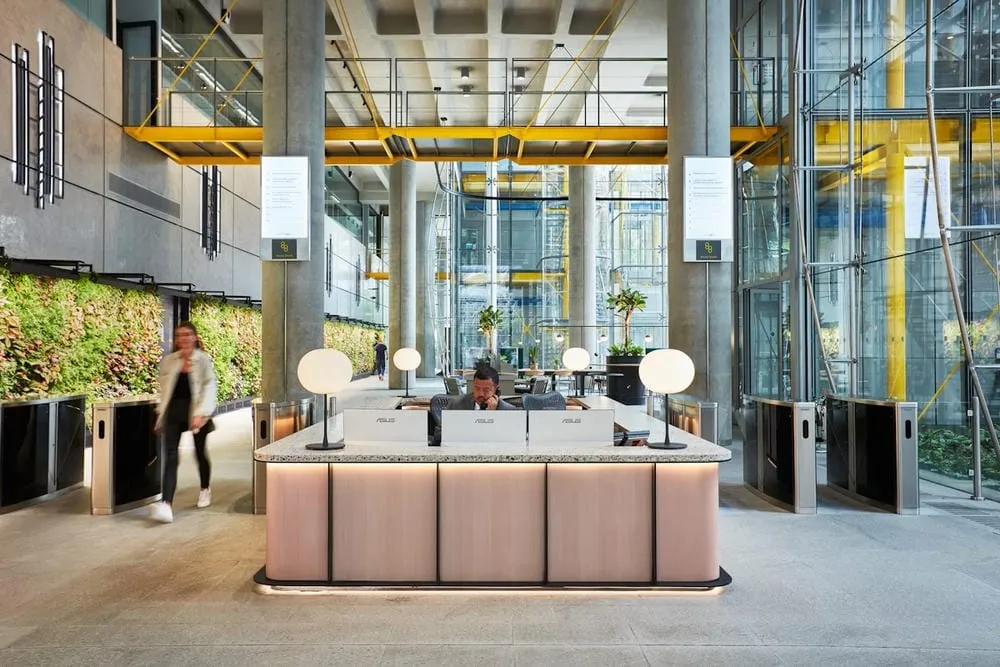How Green Walls Enhance Thermal Performance in Urban Environments

Green walls enhance thermal performance in urban environments by providing insulation and reducing heat gains through shading and evapotranspiration, which helps maintain cooler indoor temperatures.
They contribute to mitigating the urban heat island effect, leading to lower overall heating and cooling demands in buildings
Thermal Benefits of Green Walls
Heat Regulation
Research indicates that green walls can dramatically reduce heat gains and losses in buildings. For instance, a study found that during the summer months, the heat gains from façades with green walls decreased by an impressive 97%, while heat losses were reduced by 30%. This remarkable thermal performance is attributed to several mechanisms:
- Insulation: The layers of vegetation and substrate in green walls act as insulators, reducing the amount of heat that enters or escapes from buildings. This insulation effect is enhanced by the moisture content in the plants and soil, which helps to cool the air through evaporation.
- Shading: Green walls provide shade to building surfaces, which prevents direct sunlight from heating the walls. This shading effect can lower internal wall temperatures by an average of 2.5 °C, contributing to a cooler indoor environment
- Microclimate Creation: The presence of green walls can alter the microclimate around buildings. They help to lower ambient temperatures in urban areas, which is crucial for combating the urban heat island effect, where cities become significantly warmer than their rural surroundings.

Optimal Design Considerations
To maximise the thermal performance of green walls, certain design considerations should be considered:
- Foliage Coverage: Studies suggest that an optimal foliage coverage of around 60% enhances thermal performance while still allowing adequate natural light into buildings. Higher coverage can reduce airflow, impacting ventilation and potentially increasing heating loads in winter.
- Cavity Depth: The depth of the cavity behind the green wall can also influence its thermal efficiency. Research indicates that maintaining a cavity depth of no more than 0.6 meters is beneficial for thermal performance and airflow management.
- Material Selection: The choice of substrates and plants is crucial. Materials with high thermal mass can further improve insulation, while specific plant species can enhance cooling through transpiration.

Environmental and Aesthetic Advantages
Beyond thermal performance, green walls contribute to urban biodiversity, improve air quality, and enhance the aesthetic appeal of buildings. They can also serve as a habitat for various species, promoting ecological balance in urban settings.

Energy Efficiency and Sustainability
Implementing green walls is not just about aesthetics; it is a strategic move towards energy efficiency. By reducing the need for air conditioning and heating, green walls can lead to lower energy consumption and costs, making them a sustainable choice for modern architecture.
A framework for designing and implementing green walls can guide architects and builders in optimising these systems for energy conservation and thermal comfort.
Book a Consultation with Viritopia
With over 20 years of experience of designing and maintaining biophilic infrastructure, Viritopia can create a detailed plan of how a scheme will meet regulatory requirements.
We assist with faster planning process and provide you with what’s needed to elevate your project. Book a living wall consultation with our expert team today or find out more about our green walls and their benefits.
Explore more insights
Discover the latest in green infrastructure

Vanguard Logistics Park (Longmore) Featured in RIBA Commercial Directory 2025

Green Roof Advantages & Disadvantages

Design with meaning: How office living walls reflect your brand

